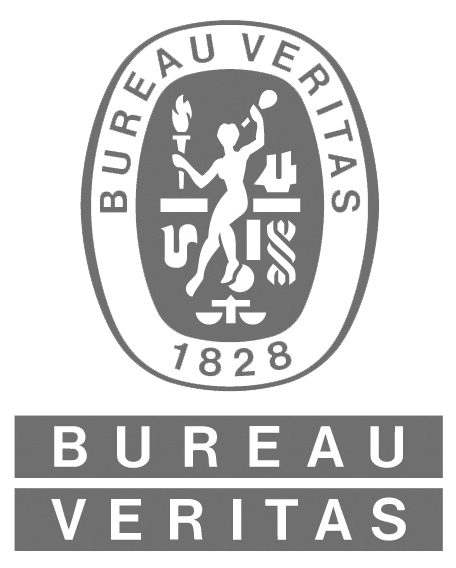A successful oil analysis program depends on the establishment of a strong foundation before testing begins.
Good oil analysis programs are based on providing as much relevant, accurate machine information to the laboratory as possible. This is imperative for receiving quality, in-depth analysis of the oil test data. Laying the proper groundwork dramatically increases the value – and the success – of any oil analysis program.
Unit Criticality
Assessments considering criticality to production and cost of repair or replacement should be used to help define the units to be tested based on operational history or known wear issues. Once these units have been identified, all relevant unit information should be accurately recorded and communicated to the oil analysis laboratory – unit ID, make, model, lube type and hours/miles as all of this information has significant impact on the interpretation of test results.
Oil Testing
Spectrochemical Analysis and physical property tests are used to assess the condition of both lubricant and machine condition and should be performed according to a unit’s criticality to production or a pre-determined preventive maintenance schedule. Physical tests focus on measuring specific lubricant characteristics such as viscosity, the formation of degradation byproducts, acid and base number, while spectrochemical analysis measures concentrations of wear, contaminant and additive elements.
Bureau Veritas has developed multiple oil analysis test packages to cover the general testing needs of broad industry classifications such as Power Generation, Manufacturing, Construction, Mining and Transportation. While these packages meet most testing needs, test slates can be customized to meet specific oil analysis program goals and objectives.
Recommended Testing for Industrial Applications
Recommended Testing for Heavy Duty Applications
Oil Sampling
Upon implementation of an oil analysis program, all units/components included in the criticality assessment should be sampled to establish initial baseline data and identify any serious existing component issues. Both client and laboratory together can then determine proper routine oil sampling intervals based on the results of the preliminary work, component manufacturer guidelines, the client’s maintenance procedures and laboratory experience with similar components and applications.
